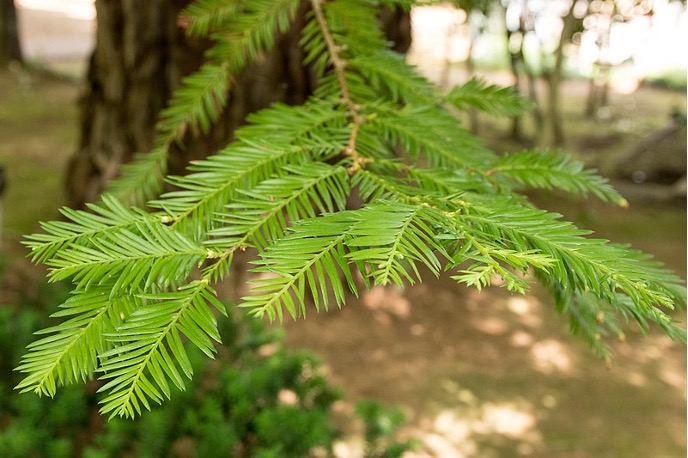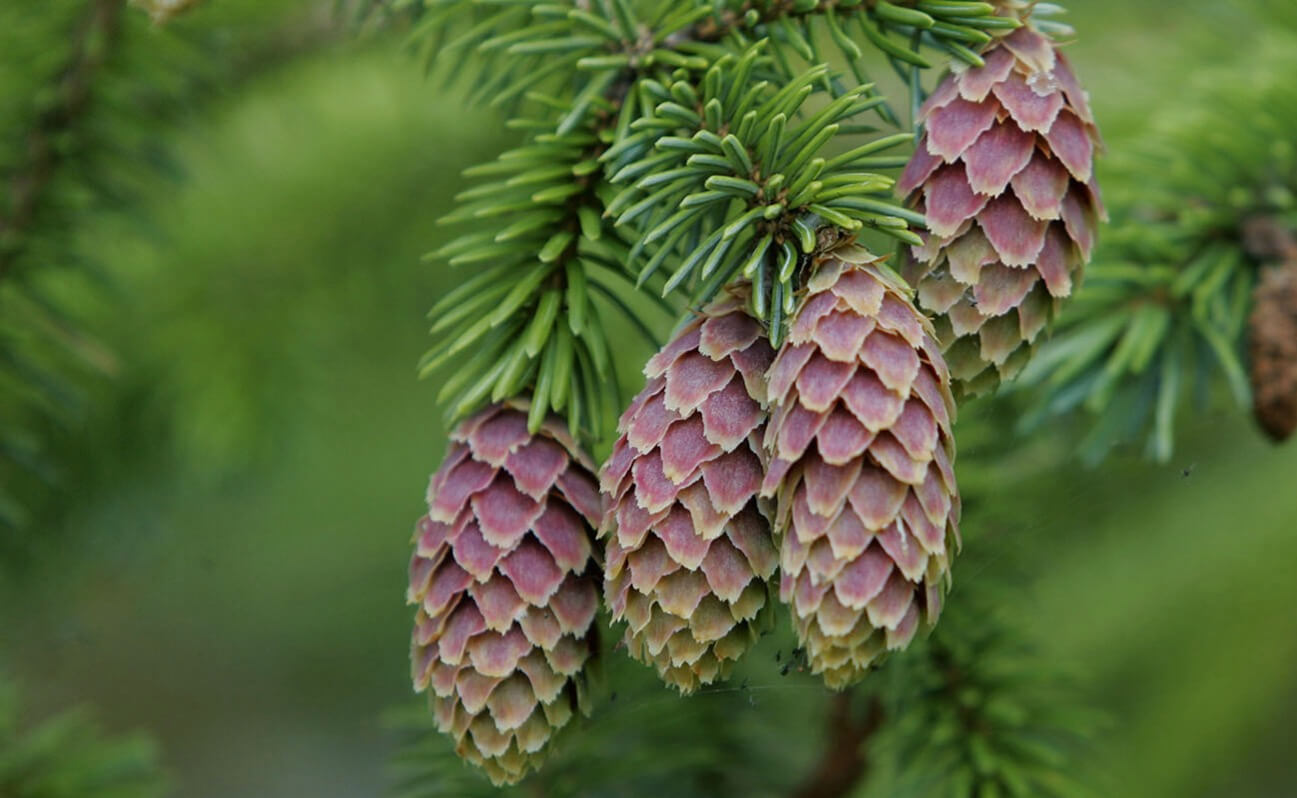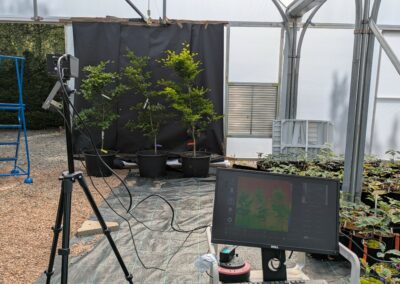Using phylogenetic relationships to predict susceptibility of tree species to pests and pathogens
Project lead Dr Laura Kelly | Royal Botanic Gardens, Kew
Lead organisation Royal Botanic Gardens, Kew
Collaborators N/A
Project status Pilot year project complete
Project funding £26,400
Research outcome Resistance
Context
This horizon-scanning project uses phylogenetic approaches to address two research questions:
- Which non-native tree species proposed for future planting in the UK are likely to be the most susceptible to native pests and pathogens?
- Which non-native pests and pathogens pose the greatest future threat to Sitka spruce (Picea sitchensis), a key non-native tree species already widely planted in the UK?
Research aims and objectives
Aims
Assess i) the likely susceptibility of non-native tree species to native pests and pathogens in the UK; ii) the likely susceptibility of Sitka spruce to non-native pests and pathogens that might reach the UK in the future.
Objectives
Susceptibility of non-native trees to native pests and pathogens
- Compile a list of candidate non-native tree species for future planting in the UK, based on databases and expert knowledge.
- Analyse phylogenetic distance between non-native tree species and UK native plants from published large-scale molecular analyses.
- Review the literature to collect data on organisms associated with the closest relatives of non-native trees, which are potentially harmful to tree health.
- Rank the candidate non-native tree species according to likely risk, based on their phylogenetic distance from native tree hosts of potentially harmful organisms.
Susceptibility of Sitka spruce to non-native pests and pathogens
- Compile a list of potential pests and pathogens of Sitka spruce based on databases and expert knowledge.
- Analyse phylogenetic distances between Sitka spruce and known hosts using a published time-calibrated phylogenetic tree for gymnosperms.
- Generate a phylogenetically informed ranking of pest/pathogen species on the basis of the minimum phylogenetic distance between a known host of that species and Sitka spruce, with those with the most closely related host species considered to pose the greatest risk.
Expected outcomes
- Ranked lists of non-native tree species based on likely risk posed by native pests and pathogens.
MS1: Candidate non-native tree list compiled;
MS2: Analysis of phylogenetic distance from native plants completed;
MS3: Potentially harmful organisms associated with native plants identified;
MS4: Ranked lists of non-native trees generated;
MS5: Report drafted for Defra. - Ranked list of pests and pathogens based on the likely susceptibility of Sitka spruce.
MS1: List of potential threat species and their known host ranges compiled;
MS2: Analysis of phylogenetic distance completed;
MS3: Ranked list of pests and pathogens generated;
MS4: Report drafted for Defra.
Further resources linked to this project
CFP Phase 1 Project (2023-2025)
This research was built upon in CFP Phase 1 project: Predicting risk to non-native tree species from potential threats in the UK.

Coast redwood (Sequoia sempervirens) is considered suitable for planting in the UK.
Glossary & Key Terms
Gymnosperm
A group of seed-producing plants that includes conifers like Sitka spruce. Gymnosperms are characterised by:
- Producing seeds without a protective fruit (unlike angiosperms, which have seeds enclosed in fruits).
- Typically having needle-like or scale-like leaves.
- Often being evergreen and forming large forests, especially in temperate and boreal regions.
Pathogen
Phylogenetic
Sitka spruce (Picea sitchensis)
Sitka spruce is the largest of the spruce Genus (Picea) with some trees growing to a height of 80 m and a dbh of 500 cm. It is Britain’s most widely planted productive conifer growing in the milder wetter conditions of the west and north. Sitka spruce is categorised as a principal tree species. For more information, see Sitka spruce (SS) – Forest Research.
Time-calibrated phylogenetic tree
A type of evolutionary tree (diagram) that not only shows the relationships between species but also incorporates estimates of divergence times, i.e., when different species or lineages split from a common ancestor.
Share this project on social media
Related Projects
Our Partners
Social media
Explore
Newsletter
Contact
© 2022 Centre for Forest Protection. All rights reserved.


